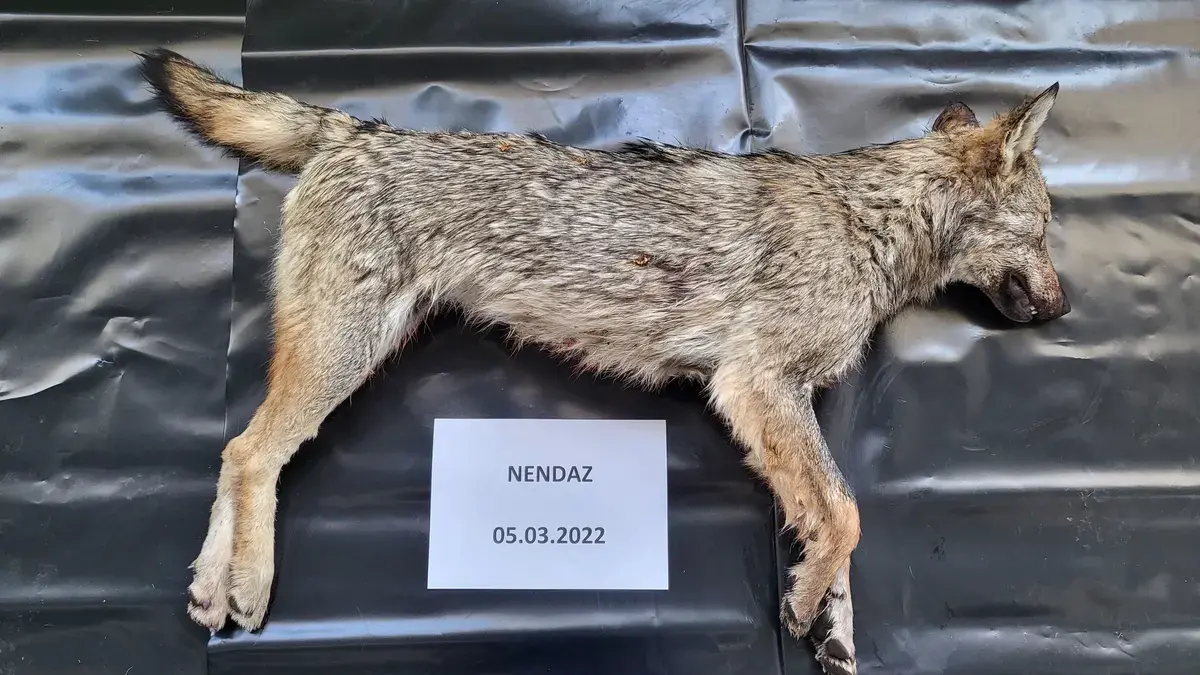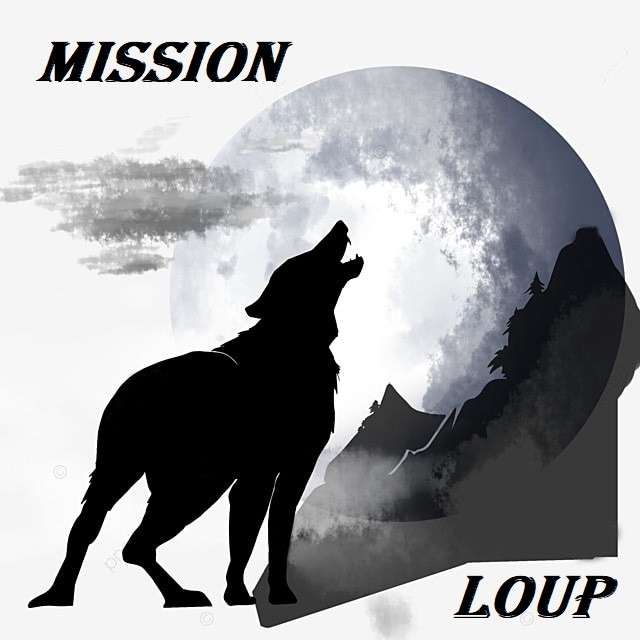
WOLF PROACTIVE REGULATION IN VALAIS
CONTEXT
Today, wolf regulation in Valais raises issues that go far beyond the question of this large predator alone. It crystallizes tensions between political dimensions, agricultural demands, and biodiversity conservation imperatives. The wolf acts here as a catalyst for an already overflowing vase: that of the structural difficulties of cohabitation between human activities and wildlife.
TWO APPROACHES
1. The political sphere:
The debate is essentially built around partisan positions and electoral objectives, often disconnected from biological and ethological realities. This approach favors immediate and symbolic measures at the expense of a comprehensive reflection on agriculture, the alpine economy, and biodiversity.
2. Scientific and field monitoring:
Data from cantonal monitoring, KORA genetic analyses, Mission Loup fieldwork, and research by the University of Bern now make it possible to concretely assess the impacts of the intensive regulations carried out in 2023/2024 and 2024/2025. These analyses reveal profound consequences for the structure and dynamics of Valais wolf packs.
FINDINGS
Initial assessments highlight:
shootings that affected breeding individuals or young wolves outside the targeted packs,
a weakening of certain social structures within packs,
potential effects on predation dynamics and the dispersal of wolves.
These findings show that decisions were sometimes made with partial or even insufficient scientific information and that they involve errors with serious consequences.
ISSUES
Wolf management in Valais illustrates a worrying imbalance: quick, unilateral decisions with little scientific basis risk exacerbating the problem rather than solving it. In the short term, they weaken local packs; in the long term, they can increase ecological and social instability.
OUTLOOK
A sustainable future requires:
complete transparency of data and open debate,
rigorous, independent, and multidisciplinary scientific monitoring,
collaborative governance, bringing together scientists, farmers, politicians, and civil society,
solutions based on comprehensive and forward-looking analyses, rather than ad hoc responses dictated by political urgency.
Nature is not a parameter that can be adjusted at will. Attempting to subject living organisms to electoral logic exposes us to the risk of backlash. It is through a detailed understanding of ecological and social dynamics that realistic, equitable, and sustainable solutions can emerge.
SUMMARY
Below, you can consult the summary in french or read it directly on the Fauna Valais website by clicking HERE (french and german). The english version of the summary will be available on Wednesday, September 17, 2025 (PDF format).
Article: Team Mission Loup
Cover photo : Valais Hunting Service SCPF (F117 - Hérens-Mandelon pack - shot dead in March 2022 as part of reactive regulation)
Photo article : Fauna.vs













